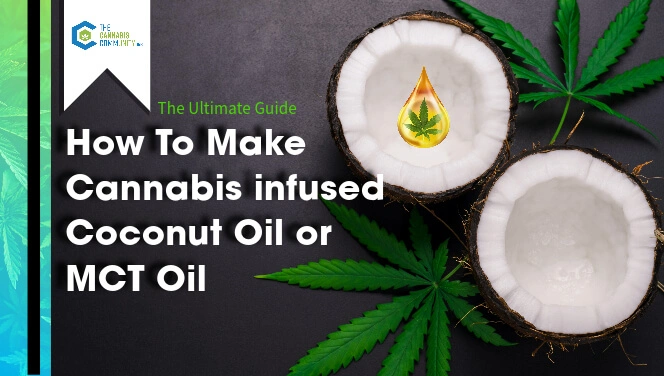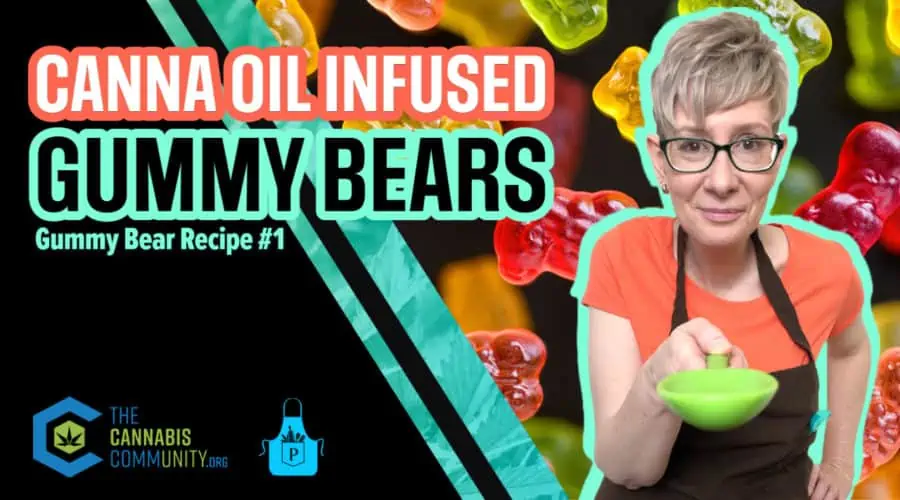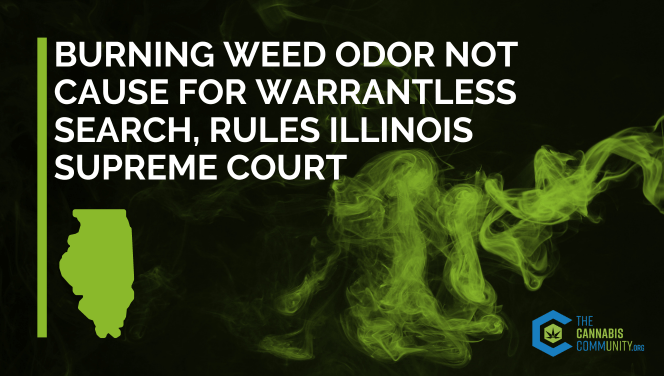The Nose Knows: Going Beyond THC Content When Selecting the Best Cannabis for You
Table of Contents
Known as the plant of “one thousand and one molecules,” Cannabis Sativa is one of the most molecularly diverse and complex plants known to mankind. 1
We know today that the unique smells and individualized effects of varying cannabis strains is the result of more than just THC content, cannabinoids and terpenoids, but of other, more volatile and aromatic compounds, such as alcohol esters, as well.
Together, these compounds produce an “Entourage Effect” that describes their harmonic, pharmacologic interplay and gives each strain its own unique aromas and effects.
Just as you would carefully select the perfect bottle of wine to pair with your delicious meal, Cannabis selection is highly dependent on a variety of factors that depend significantly on any given individual’s preferences and the effects they’re seeking.
This guide will explore how the primal connection between the brainstem and the human nose suggests that using smell to guide us is more effective in selecting the best strain for each of us.
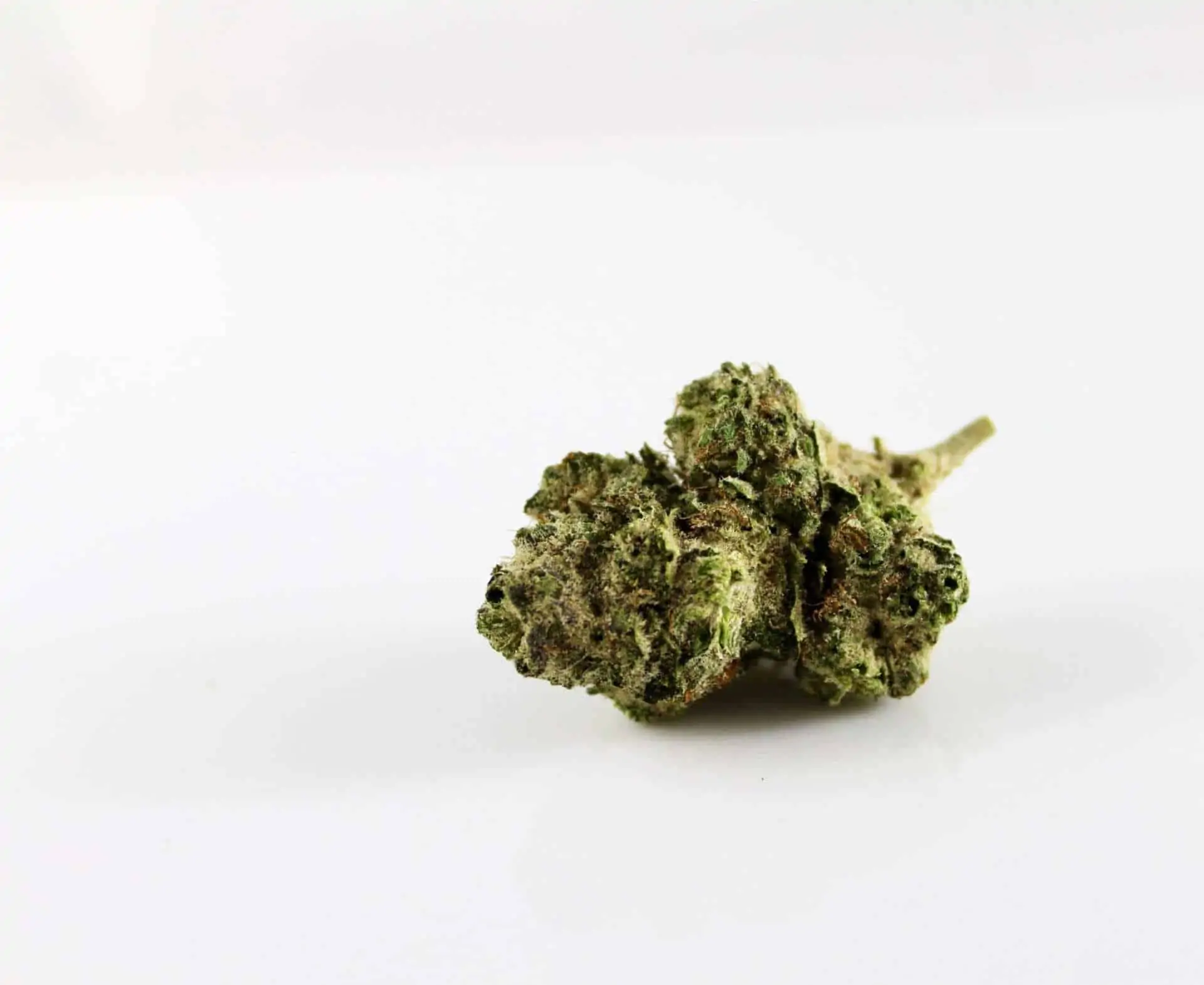
It’s About Much More Than Just the THC Values
All too often, patients and recreational cannabis users try and seek out the strains with the highest THC percentage, as if this is the sole determining factor as to whether that is the strain for them.
This is akin to buying Everclear instead of wine at the liquor store to pair with the delicious dinner you just spent all afternoon cooking, simply because it has the highest percentage of alcohol.
While this analogy is admittedly an oversimplification, a pleasant experience is often dependent on far more than just THC content—just as the various tannins and other compounds in wine contribute to the “Entourage Effect” of flavor, the aforementioned cannabinoids, terpenoids, flavonoids and alcohol esters, along with other molecules, create the aroma, flavor, and effect profile of various Cannabis strains.
When it comes to selecting the right strain for you, the solution to finding it may be as simple as following your nose!
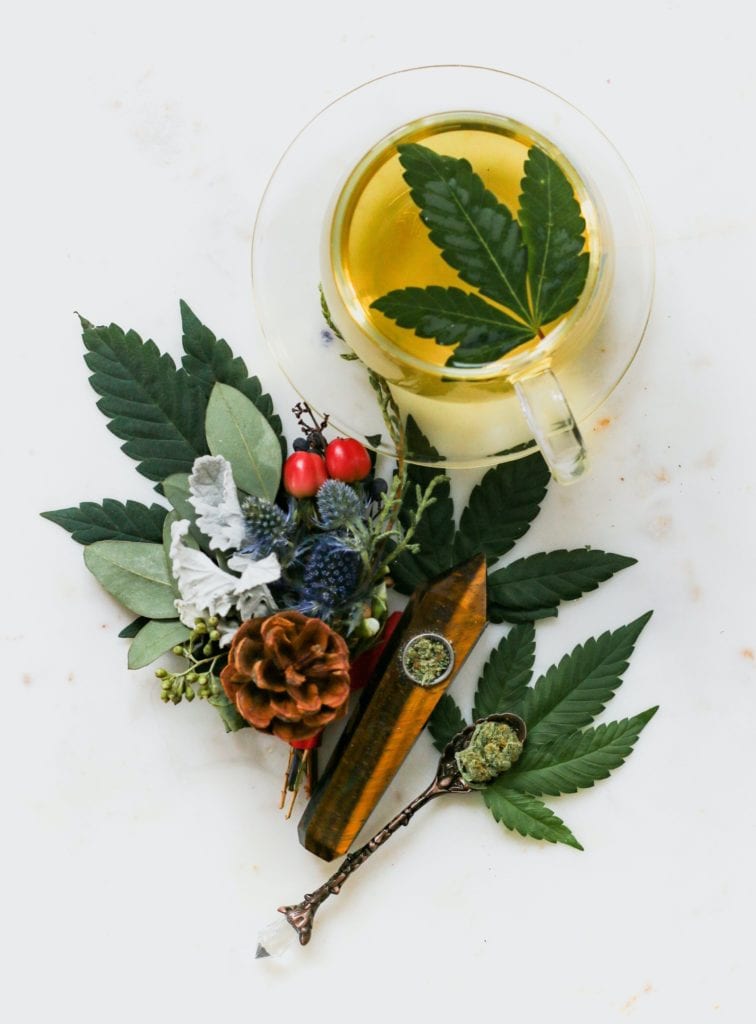
The Primal Nose-Brainstem Connection
Industry experts and Cannabis connoisseurs have long been advocating for people to align their cannabis preferences with the specific aromas they prefer. Indeed, when it comes to cannabis, smell certainly relates strongly to the effect. Today, scientific research seems to substantiate this theory. A 2013 study went so far as to explore how the olfactory system is a gateway for understanding how the nervous system generates consciousness.2
Indeed, we generally know from personal experience that odors have strong connections with memory recall and their power to evoke a strong emotional response.
In Chapter 15 of The Neurobiology of Olfaction, it states, “this property might be sustained by the direct connections established by the olfactory bulb and piriform/olfactory cortex on two structures involved in emotion and memory, namely the amygdala and hippocampus.”3
This powerful, established connection between the brainstem and our nose provides fertile ground for cultivating the hypothesis that when selecting the best cannabis strains for us, we should follow our nose.

The Role of Esters in Cannabis Aromaticity & Why We Should Pay Attention to Them
Trying to quantify the olfactory profiles of the countless, strikingly different strains of cannabis is no easy task, and extends beyond the terpene profile to include the aforementioned alcohol esters and their influence on cannabis aroma and effect.
As Cannabis naturally grows outside, alcohol esters protected the plant from animal infestation—particularly at the insect level; spider mites and aphids being two of the most bothersome.
Just as a skunk’s spray is in no way inviting, the skunky smell of Cannabis acted as a potent defense against these insects. But, as it was cultivated in an illegal environment, the skunk smell became problematic, and it was, over time, bred out of the plant.
As indoor cultivation slowly became the norm, and relaxing legality has allowed a far greater incentive to harvest, the residue of alcohol esters continues to linger, though in far less quantities when compared with older, more native strains.
A current question slowly moving through Cannabis communities is: what did we lose? Were those esters a vital portion of the compounds involved in the “Entourage Effect,” and, if so, how can we bring them back?
As the complexities of Cannabis continue to be studied, and, as we learn more, we come to a greater understanding of the compounds involved in orchestrating this overall effect, and how they interact with our own, personal physiology.
What To Look For When Smelling & Selecting Cannabis Strains
Instead of pigeon holing this incredibly diverse plant into either “indica” or “sativa”, consumers should instead try to select a strain that will offer them their desired effects.
Until the role of esters are better understood and quantified to show up on product labels, consumers should check for certain terpenes that are known to produce the effects they are looking for.
For instance, a patient suffering from pain can benefit from strains that express a variety of cannabis-derived terpenes, from myrcene and linalool to beta-caryophyllene and alpha-pinene, all exhibiting unique pharmacological mechanisms to produce analgesia.4
For instance, curiously enough, the opioid antagonist (blocker) naloxone is shown to block the analgesic activity of myrcene, suggesting opioid activity is responsible for it’s analgesic properties.5
This scent has been described as “musky, earthy and herbal”. More citrusy terpenes like limonene are associated with uplift in mood and creativity while, pharmacologically speaking, help increase the efficacy of absorption of other terpenes into the body as well.6
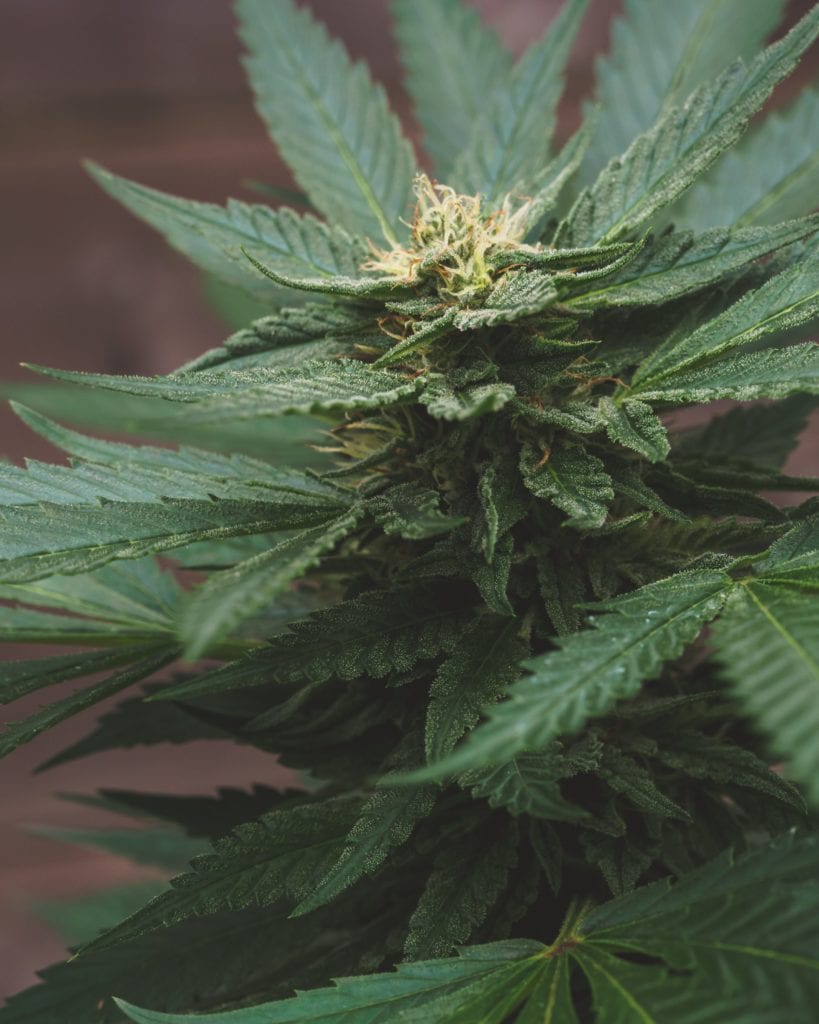
Experiment with Your Nose and Don’t Worry About the Numbers
Everyone is different, and everyone’s body is incredibly intelligent if given space and attention.
Smell has been a guiding factor in our evolution, helping us to navigate a world filled with danger, and establishing a strong connection with our memory and emotions.
It is a powerful tool, and while THC content can be an appealing quantification to dictate a decision, it might not be the best means of selection. Instead, smell.
See how your body reacts. Is it indifferent? Perhaps turned off by a “chemical-like” smell? Or does it revel in pine, and citrus, while the scents wrap your dome in a sweet, intoxicating flashback?
If you stumble upon a strain that seems to fill the whole room, whose flavors cannot be stifled, even by plastic stuffed into a backpack, whose scent becomes even more intrusive once you break apart the flower—rest assured that it is plentiful in alcohol esters.
The weakly-bonded esters are volatile, and float throughout a room, finding their way into our alerted nostrils.
Generally, such smells are the most primal, creative ways for a plant to both protect itself and get some attention.
So, trust your body and use your nose as a baseline, and understand that Cannabis is far more than just 23.5% THC.
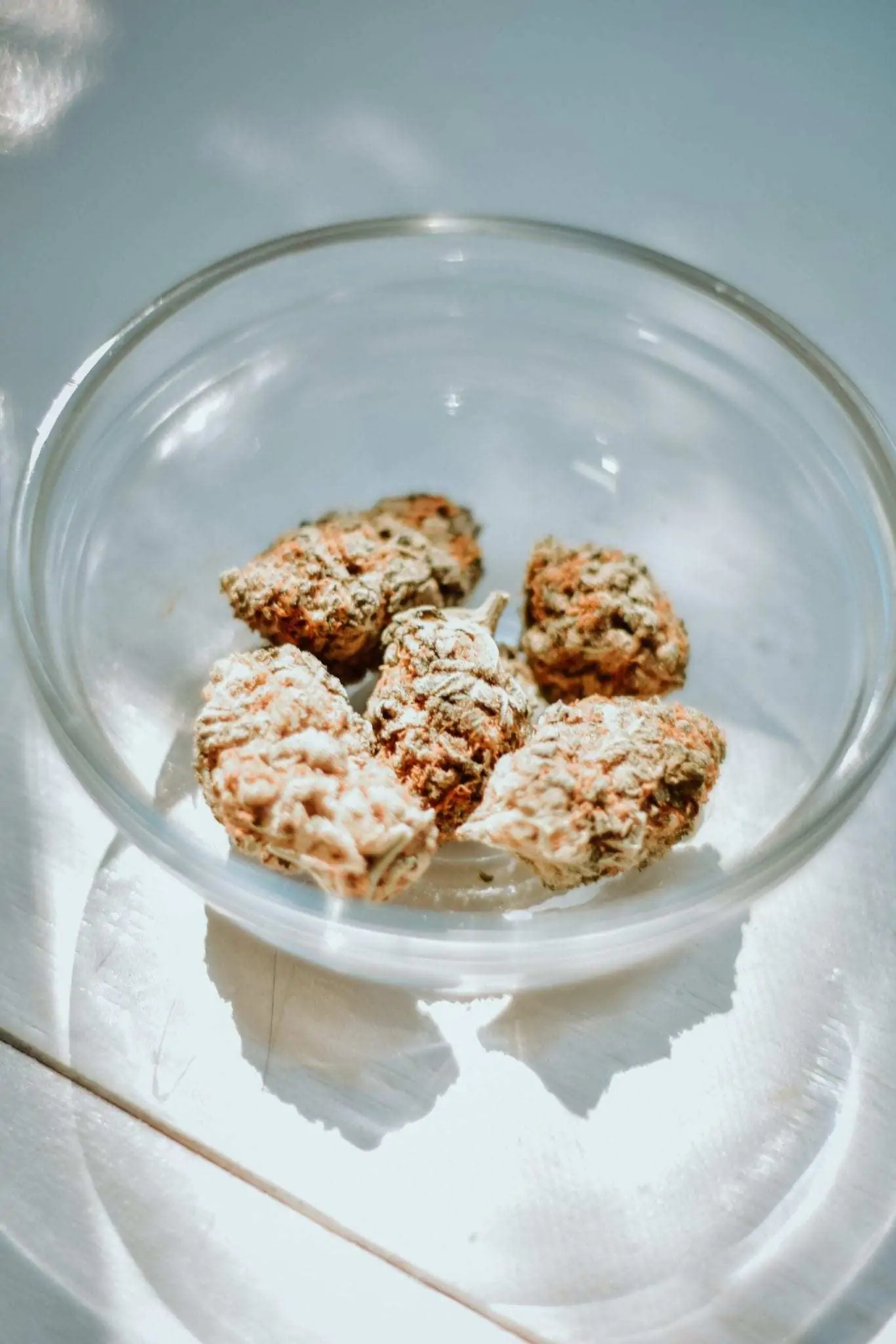
Get a Medical Cannabis Card in Minutes – Schedule Now
Enjoyed This Content? Read More:
-
How to Make Cannabis-Infused Coconut Oil or MCT Oil: Crockpot Recipes
In this guide, you’ll learn how to make cannabis-infused coconut oil or MCT oil, decarboxylate cannabis, or choose to infuse cannabis into any oil of your choice.
-
How to Make THC Gummy Bears with Canna Oil
This is a great no-fail recipe for beginners. The corn syrup in this recipe will help your gummy bears have that nice and chewy texture we’ve all come to love.
-
Burning Weed Odor Not Cause for Warrantless Search, Rules Illinois Supreme Court
A Landmark Case for IL Medical Cannabis Patient Protections On September 9th, the Illinois Supreme Court issued a major victory for cannabis consumers and patients, declaring that the aroma of burnt cannabis is insufficient probable cause for a warrantless search. Illinois has long been at the forefront of the fight for plant medicine. Medical patients…
-
GMO Cookies: A Strain Review of Its Potent Aroma and Powerful Effects
GMO Cookies is a popular cannabis strain for homegrow. Here’s what you need to know to get started with these seeds.
-
Cherry Pie Cannabis Strain: A Sweet Treat with Potent Effects
Cherry Pie is a popular cannabis strain for homegrow. Here’s what you need to know to get started with these seeds.
Works Cited
1. Cannabis sativa: The Plant of the Thousand and One Molecules. https://www.ncbi.nlm.nih.gov/pmc/articles/PMC4740396/.
2. Merrick, C., Godwin, C. A., Geisler, M. W. & Morsella, E. The olfactory system as the gateway to the neural correlates of consciousness. Front. Psychol. 4, (2014).
3. Mouly, A.-M. & Sullivan, R. Memory and Plasticity in the Olfactory System: From Infancy to Adulthood. in The Neurobiology of Olfaction (ed. Menini, A.) (CRC Press/Taylor & Francis, 2010).
4. Russo, E. B. Cannabinoids in the management of difficult to treat pain. Ther. Clin. Risk Manag. 4, 245–259 (2008).
5. Rao, V. S., Menezes, A. M. & Viana, G. S. Effect of myrcene on nociception in mice. J. Pharm. Pharmacol. 42, 877–878 (1990).
6. Okabe, H., Takayama, K., Ogura, A. & Nagai, T. Effect of limonene and related compounds on the percutaneous absorption of indomethacin. Drug Des. Deliv. 4, 313–321 (1989).
7. do Amaral, J. F. et al. Antinociceptive effect of the monoterpene R-(+)-limonene in mice. Biol. Pharm. Bull. 30, 1217–1220 (2007).



